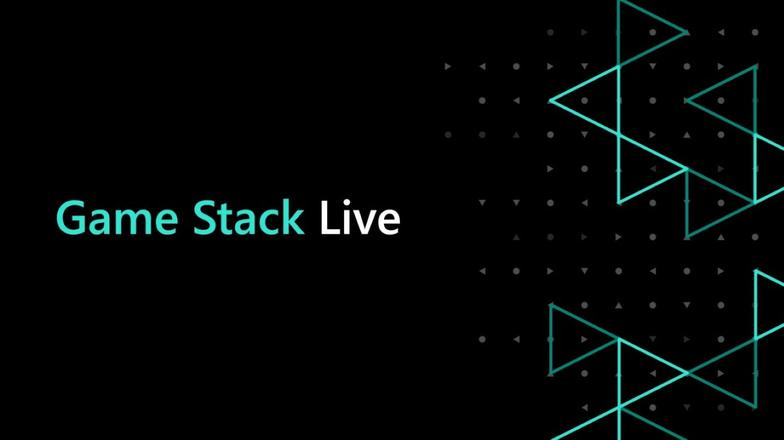New consoles and graphics cards usher in a new wave of more immersive video games. In this session, we will cover the latest innovations to our graphics platform, making it easier for game developers to push the limits of graphics on both PC and Xbox with DirectX, HLSL, PIX, HDR, and more.
The DirectX team has been working on a way to change the game for developers who want to be on the bleeding edge of graphics. We're finally ready to show the world how we're pushing the envelope with an exciting new update.
Introducing HLSL Shader Model 6.6: granting shader developers increased flexibility to enhance and expand existing rendering approaches and devise all new ones!このセッションを日本語で視聴する

High Dynamic Range (HDR) is part of the gold standard for the newest generation of graphically rich games. In this talk, you'll learn about our ongoing work to improve DirectX's HDR support on PCs. We are helping to solve the problem of HDR display ecosystem variability, providing best practices for optimizing your native HDR implementations for displays, and working on exciting new technology to extend the reach of HDR PC gaming.
This talk will discuss the usage of Variable Rate Shading in Gears 5 and Gears Tactics. Our implementation targets zero perceptual drop in visual quality, works seamlessly with dynamic resolution, and runs across Xbox Series X|S and PC. Performance improvements will be discussed as well as how VRS was tuned to work across different rendering passes. We will also discuss some challenges and integration tips that can be applied to any game engine.
With raytraced visuals bumping rendering quality even higher than ever before, a significant amount of fine tuning is required to maintain real-time performance. A typical way to achieve this is to trace fewer rays, and to make sense of the noisier output that method delivers. This presentation will explain how the AMD FidelityFX Denoiser allows for high-quality raytracing results without increasing rays per pixel, and deep dives into specific RDNA2-based optimizations that benefit both Xbox Series X|S and PC.
This talk is aimed at graphics engineers that have little or no experience with ray tracing.It serves as a gentle introduction to many topics, including "What is ray tracing?", "How many rays do you need to make an image?", "The importance of [importance] sampling.(And more importantly, what is importance sampling?)", "Denoising", "The problem with small bright things".Along the way, you will learn about specific implementation details from Minecraft.
How the addition of a path traced rendering mode in Minecraft inspired our creative team.We will do a brief review of "original" Minecraft, and it's pixel art roots.We reflect on the game's unique look, and how players and creators can tell new and different stories in path traced Minecraft.Then we will discuss how this new rendering option is made available to our creators community via our texture pack system and then show the results, and speak to the aesthetic benefits and challenges of the new tech.
RTXDXI offers realistic lighting of dynamic scenes that require computing shadows from millions of area lights. Until now, this has not been possible in video games. Traditionally, game developers have baked most lighting and supported a small number of "hero" lights that are computed at runtime. This talk gives an overview of RTXDI and offers a deep dive into previously undisclosed details that enable high performance.
